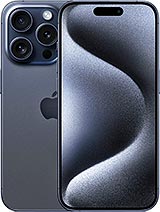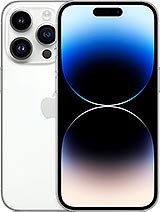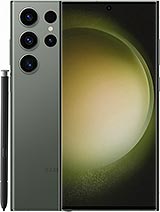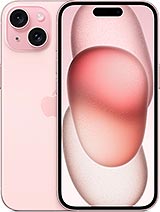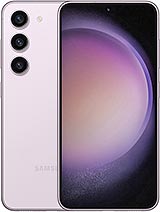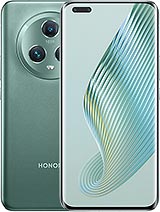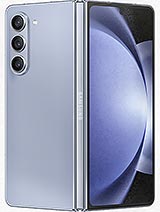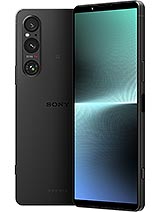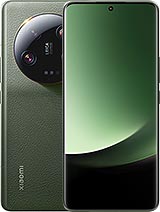Apple iPhone 15 Pro review

6.1-inch Retina OLED
You can count on Apple to outfit an iPhone Pro with an industry-leading display, and the one on the 15 Pro is just that. Just as great as what the 15 Pro Max has, only smaller, the panel here is a beauty to look at.

That was true on the 14 Pro as well, and the 15 Pro's specs don't appear to have changed. The 6.1-inch LTPO OLED has an 1179x2556px resolution in a 19.5:9 aspect ratio with a pixel density of 460ppi. Dolby Vision is supported; brightness should be able to reach 2000nits outdoors, and the adaptive refresh rate can vary between 1Hz and 120Hz. Proprietary labels like Super Retina, XDR, and ProMotion each signify one of those capabilities in Apple speak.

As before, we weren't able to get quite as many nits out of the iPhone 15 Pro as promised, but the 1786nits we did measure (with Adaptive brightness turned on) means that iPhones remain brighter than anything else on the market by a wide margin - Samsung's brightest, the Galaxy S23 Ultra is some 500nits behind.
When operating the slider manually, the iPhone 15 Pro was good for 845nits - the Galaxy S23 Ultra almost matches that. The Pro iPhones are nicely consistent in their results - both in Adaptive brightness mode, and when you're in charge of the scrubber yourself.
Color accuracy
Apple doesn't do color modes on the iPhones - instead, the panels come factory-calibrated. While the display does support a wide color gamut and covers the Display P3 color space (Apple's flavor of the more widely used DCI-P3), in most apps, the iPhone 15 Pro targets the sRGB color space. That's also the case for the software we use for testing purposes, and we got impressive readings for color accuracy for our set of test swatches, with the average dE2000 being around 0.8. That's true whether you're at the minimum 2 nits, 200nits, or the maximum manual brightness of 800+ nits.

Refresh rate
Apple isn't known for giving you a ton of freedom or options, so there's no user control over refresh rate - the phone knows best, and it will dynamically adjust it depending on the use case and content. It should drop down to 1Hz when displaying a static picture and for the always-on/standby modes. Just like last year, web pages may scroll at a smooth 120Hz refresh rate, but any moving embedded content will be rendered at 60fps.
All benchmarks were capped at 60Hz, meaning there is no high frame rate support right out of the box, and it is up to the developer to unlock it. There are numerous HFR games in the App Store, though, so don't worry; you can squeeze the maximum out of the new GPU.
Streaming and HDR
The iPhone 15 Pro display is certified for both HDR10 and Dolby Vision support. The iPhone has all the necessary DRM certifications, as you would expect, allowing third-party services like Netflix or YouTube to offer HDR streams.
There is one more thing worth mentioning - Apple does its HDR video playback in a very flexible way since it's not necessary for the content to be displayed full-screen for HDR to work. It can just work on the portion of the display that has the video playing, which is a bit of a surreal experience the first time you encounter it.
Haptic feedback
The iPhone's haptics have always been some of the best on the market, and that's also the case on the iPhone 15 Pro. Very subtle or more powerful as needed, but always well-judged, the vibrations provided by the Taptic engine make for a very pleasant tactile interaction with the iPhone.
Apple iPhone 15 Pro battery life
The iPhone 15 Pro is equipped with a battery rated at 3274mAh. A whopping 74mAh more than the 14 Pro's capacity, we'd hardly call it an upgrade - probably that's just what the engineers were able to squeeze in the available space this time around. The 15 Pro Max does come with a noticeably larger 4,441mAh cell and, as usual, is the better option for maximum longevity.
As one would expect, the iPhone 15 Pro doesn't shine with particularly impressive battery life, especially compared to its siblings in the iPhone 15 family, but it does seem to outperform the Google Pixel 8 and the vanilla Galaxy S23. That's true if you are comparing the Active Use Score. Looking past the overall score, you can see the iPhone 15 Pro outperforming the competition in the screen-on tests like video playback, web browsing and gaming.
Expand to reveal our legacy battery test (Endurance rating). How we test now.
The iPhone 15 Pro is equipped with a battery rated at 3274mAh. A whopping 74mAh more than the 14 Pro's capacity, we'd hardly call it an upgrade - probably that's just what the engineers were able to squeeze in the available space this time around. The 15 Pro Max does come with a noticeably larger 4,441mAh cell and, as usual, is the better option for maximum longevity.
That's not to say that the 15 Pro is bad in this respect. Well, it sort of is when it comes to voice call duration - iPhones traditionally score low in this test, and the 15 Pro's 18-ish hours are about what we'd expect. In the onscreen tests, however, the small Pro posts solid results, about on par with last year's model.
All things considered, the iPhone 15 Pro's Endurance rating works out to 86h - coincidentally, the same as on the 14 Pro.
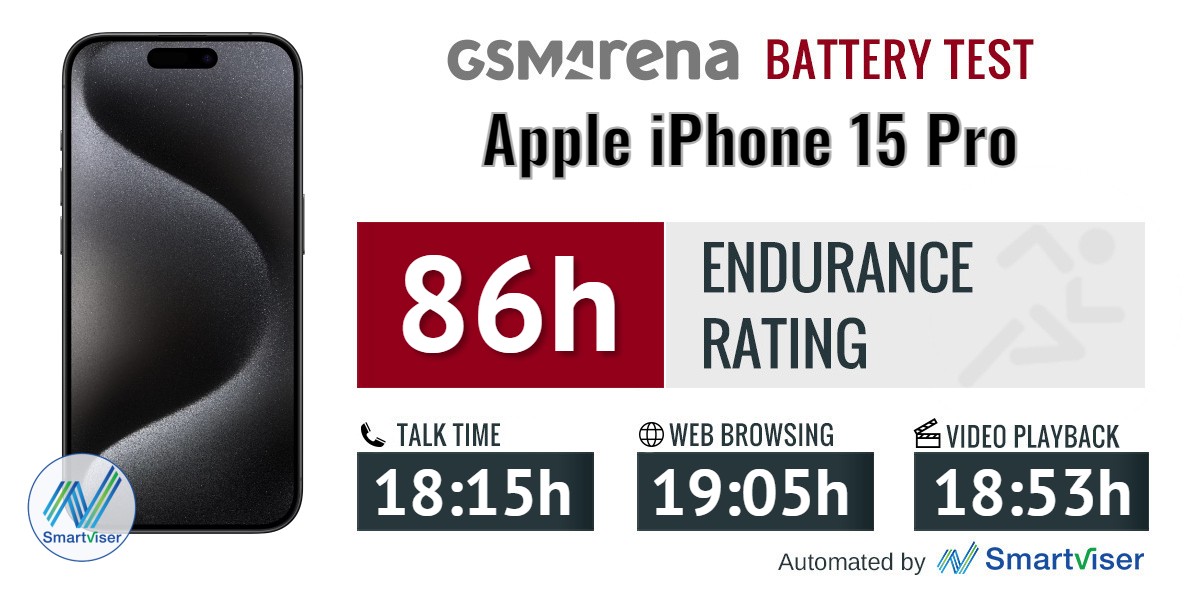
Our battery tests were automated thanks to SmartViser, using its viSerDevice app. The endurance rating denotes how long the battery charge will last you if you use the device for an hour of telephony, web browsing, and video playback daily. More details can be found here.
Video test carried out in 60Hz refresh rate mode. Web browsing test done at the display's highest refresh rate whenever possible. Refer to the respective reviews for specifics. To adjust the endurance rating formula to match your own usage - check out our all-time battery test results chart.
Charging speed
You won't be finding a charger in the iPhone 15 Pro's retail box, as has been the case with iPhones since the 12 in 2020. The phones' specs pages list claims for charging speed "with 20W adapter or higher", implying that anything more powerful than that wouldn't make a difference in speed.
That's sort of the case, since in our testing, the iPhone 15 Pro peaked at around 19W with good true-to-spec USB PowerDelivery chargers. We say 'sort of', because when firing up the display, the power meter would show something like 22-23W - so technically, if you're charging the phone while using it, you just might be able to keep it charging at the same rate as when it's idling, but for that you'd need a charger that can go above the 20W mark.

Anyways, that's beside the point for our testing methodology, which assumes an idle (but still powered on) device. We used a 20W Apple adapter for our testing, as usual.
We clocked a full charge from flat to take 1:33h on the 15 Pro, a minor improvement over the previous generation and tangibly quicker than the 15 Pro Max. The small Pro is also better than the large Pro at the intermediate checkpoints.
Essentially, the 15 Pro is tied with rival Samsungs for charging speed at the early stages, though the Samsungs don't taper off as strongly and get to 100% earlier. The iPhone is way quicker than what you can get out of a Pixel (albeit that's a year-old Pixel 7 Pro, we're talking about), but then high-end models from China put the iPhone to shame (and the ones in this chart aren't even the fastest).
The iPhone 15 Pro supports wireless charging up to 7.5W with Qi-compliant charging pads, though the latest iPhone listing at the WPC (the governing body for wireless charging) is for the iPhone SE (2022) - there are no entries there for numbered iPhone models after the 11.
Coincidentally, starting with the 12 generation and now including this 15 Pro model, iPhones have had MagSafe wireless charging. They can take up to 15W from the magnetically attaching puck that you can buy separately (you'd still need an adapter to power it, though, and it needs to be powerful enough).
If you want to get the maximum longevity out of your iPhone's battery, the Optimized Battery Charging option in Battery settings should help. It allows the iPhone to adapt its charging curves to your charging patterns (mostly related to overnight charging and your sleep routine), so it minimizes the time the battery spends at 100%. It will charge quickly (well, iPhone-quickly) up to 80% and will then only finish things off just before it thinks you're going to need the phone. Upon reaching 100%, the phone stops using the charger, cutting off any current going in.
The new iPhones support one new Battery Health option, which should prolong its lifespan even more - an 80% charge limit. This will make the iPhone charge up to 80% and never go up.
Speaker test
The usual hybrid stereo speaker is employed on the iPhone 15 Pro - the earpiece acts as a second channel, joining the dedicated bottom speaker to provide a stereo experience. When held in landscape, the phone respects the left-right orientation, and it will switch channels to match the way you're holding it. In portrait, on the other hand, the earpiece is in charge of the right channel - most other phones assign the left channel, not that it really matters all that much. In any case, each speaker will still output some of the 'opposite' channel, but at a lower volume.


Bottom speaker • Top speaker/earpiece
The iPhone 15 Pro returned much the same result for loudness as the 14 Pro, placing it in the 'Good' category in our testing, one level below the 15 Pro Max (which, in turn, is on par with the old Max).
Quality is excellent as usual, though the sound profile has changed somewhat noticeably compared to the previous generation - a change that we didn't quite hear on the Max. The 15 Pro has gained some extra thump in the low end from the already pretty boomy 14 Pro, but also maintains the likeable rendition of vocals and the crispy treble. High praise for this one.
Use the Playback controls to listen to the phone sample recordings (best use headphones). We measure the average loudness of the speakers in LUFS. A lower absolute value means a louder sound. A look at the frequency response chart will tell you how far off the ideal "0db" flat line is the reproduction of the bass, treble, and mid frequencies. You can add more phones to compare how they differ. The scores and ratings are not comparable with our older loudspeaker test. Learn more about how we test here.
Reader comments
- Anonymous
- 21 Mar 2025
- 84G
Which iphone is better to buy between iphone 14 pro, iphone 15 pro and iphone 15 pro max
- Aiden P
- 11 Mar 2025
- Ner
It’s Perfect from all the specs an features but the only issue is the battery it drains quick
- Usman malik
- 22 Jan 2025
- uW8
good prodct

